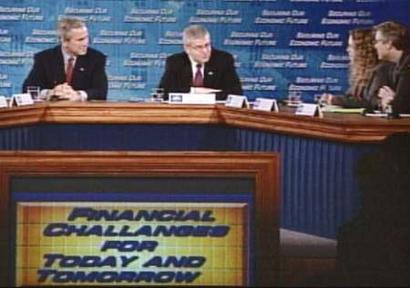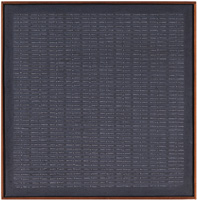I have removed the identifying information from this email, after assuring myself of the writer’s veracity. If I can give the entertainment journalism world just one gift this Christmas, it’d be a sharp thunk on the melon of anyone who asserts that Spike Jonze is “the heir to the Spiegel Catalogue fortune”:
To: greg.org
From: [name withheld]
Subject: Spike Jonze is not a Spiegel heir at all
Body:My name is [snip] and I live in [a Midwestern city… I am the great-[grandchild] of Modie Spiegel Sr, the man who made the Spiegel company a nationally known enterprise.
I have become interested in my family’s geneaology, and Googled Edward Spiegel. Your post about Spike not being a Spiegel heir was one of the first listed. [Umm, yeah. Hope you’re not too upset about that “scion of my butt” comment. -g.]
You make a very good point in your post, and nearly everything you say is true, but I felt I should correct you on your errors and provide you with a few facts.
Spike’s great-grandfather Arthur was considered the “boy genius” of the family. It was actually he who came up with the idea for buying on credit, and the catalogue was basically his idea. He left Spiegel to form his own movie business.
Now here is where you make your most egregious mistake. Arthur died in 1912, and although his company fell apart soon afterwards, he had made it quite successful. Also, after his death, (of pneumonia by the way) his widow remained close to the family for many years, but it is true that none of her children were ever involved in the company.
You are correct that Spike is not an “heir” is terms of money. [Hmm. but if a ‘scion’ is also a ‘descendant,’ not just an ‘heir,’ does that mean he IS a scion?] Sidney left the company after a fight with Modie’s son Modie Jr., and Modie eventually gave the shares of the company to his four children: Modie Jr, Freddie, Polly and John [one of these is the writer’s grandparent. -g.]
Modie Jr. ran Spiegel Inc. for nearly thirty years after his father retired, and after it was sold to the Otto family, the money from the sale was split amongst him and his siblings.
I have no idea how the idea got started that Spike was an heir. I believe that he has denied it on occasion, but it still seems to get mentioned in every article about him. [no kidding. -g.]
Sincerely, [snip]
Thanks for filling in the gaps that resulted from my not rummaging through Spike’s quarterly statements.
Related: Spike Jonze: Scion of my BUTT


